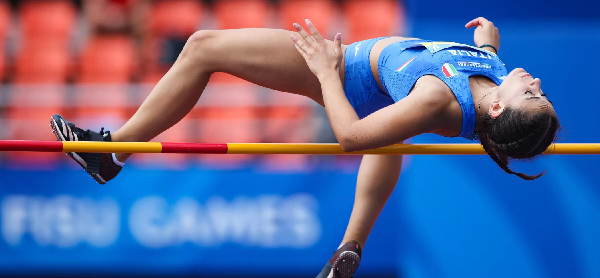The Seeds are Sown (1932)
The concept of a European Athletics Championship wasn't born overnight. In 1932, the International Amateur Athletics Federation (IAAF), the governing body for athletics at the time, saw the potential for a continental competition. They formed a special committee to explore the possibility, recognizing the growing talent pool across Europe.Setting the Stage (1933-1934)
A year later, the IAAF Council established a permanent European Committee. This committee, elected by member federations, would be responsible for organizing the championships and overseeing European athletics development. The inaugural edition was scheduled for later that year, setting the stage for a historic event.
Turin Takes Center Stage (September 7-9, 1934)
The honor of hosting the first European Athletics Championships fell upon Turin, Italy. The venue chosen was the Stadio Benito Mussolini, a stadium named after the country's then-leader. While the name may not resonate well today, the competition itself was a landmark occasion.
Men Only in the Beginning
It's important to note that the 1934 championships were exclusively for male athletes. Women's athletics would take its rightful place on the European stage four years later in Vienna, Austria.
A Celebration of Athletic Prowess
Despite the limitations, the inaugural edition witnessed a fierce display of athletic prowess. Twenty nations participated, competing across 22 track and field events. Athletes like Giulio Gobbi of Italy (1,500m champion) and Armas Toivonen of Finland (3,000m steeplechase champion) etched their names into the history books as the first European champions.
A Legacy of Excellence
The 1934 European Athletics Championships may have been a far cry from the expansive events we witness today, but it marked the beginning of a glorious tradition. The competition has grown in size, scope, and inclusivity, becoming a biennial celebration of European athletic talent. From Turin's inaugural edition to the most recent edition in Rome this year (2024), the European Athletics Championships continue to inspire athletes and enthrall fans, solidifying its place as a cornerstone of European athletics history.
Category: Athletics
Tags: Athletics


